Date palm farming is among the most ancient agricultural practices in the world, dating back thousands of years in arid regions like the Middle East and North Africa. Over time, date production has evolved from traditional oasis-based farming to large-scale commercial operations using modern agricultural technology. Today, dates are cultivated across various climatic zones in more than 40 countries, but some stand out as global hotspots due to favorable conditions, long-standing cultural heritage, and modernized production systems.
This article explores the key countries leading in date farming, the unique characteristics of their production systems, and what makes these regions dominant players in the global date market.
1. Egypt – The Undisputed Date Production Leader
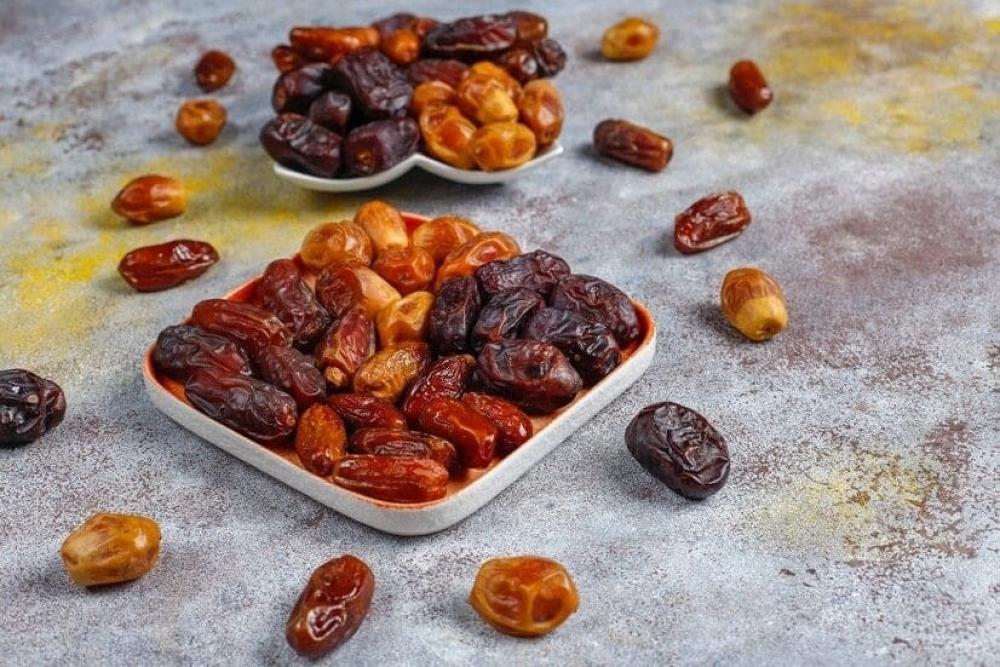
Egypt holds the title of the world’s largest date producer, contributing nearly 20% of the global production. In 2024, Egypt’s annual date output surpassed 1.7 million metric tons. The cultivation of dates in Egypt is concentrated around the Nile Valley and Delta regions, where fertile soils and water from the Nile support extensive palm plantations.
Key Characteristics:
- Focus on semi-dry and dry varieties like Saidi, Zaghloul, and Hayany.
- Predominantly domestic consumption, with export potential rising steadily.
- Government support for modern irrigation systems and date processing plants.
While Egypt produces the highest quantity of dates globally, it still lags in terms of export volume, largely due to low value-added packaging and branding. However, international projects have recently focused on enhancing Egypt’s date export capacity.
2. Iran – The Heart of Premium Date Varieties
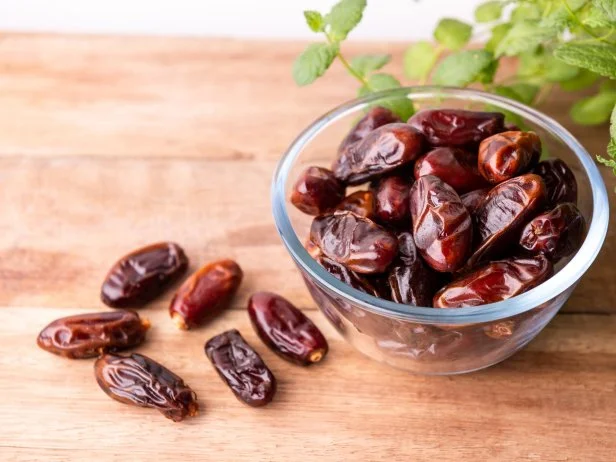
Iran is the second-largest producer globally and is especially renowned for its premium-quality dates such as Mazafati (black and juicy), Kabkab, and Piarom. Iran’s southern provinces, including Kerman, Khuzestan, and Hormozgan, are the primary farming zones.
Key Characteristics:
- Over 1.2 million metric tons of production annually.
- Strong export presence in Asia, Europe, and the Gulf.
- Home to more than 400 date varieties.
Despite facing trade restrictions and sanctions, Iran remains a major exporter of high-quality dates thanks to its climatic suitability and diverse cultivars. Its dates are especially favored for confectionery and desserts.
3. Saudi Arabia – World’s Top Exporter by Value
Saudi Arabia combines quantity with premium quality, producing nearly 1.1 million metric tons of dates annually. The Kingdom has invested heavily in the date farming sector as part of its Vision 2030 strategy to diversify its economy.
Key Characteristics:
- Major varieties include Ajwa, Sukkari, and Safawi.
- Exports reach over 100 countries.
- Home to more than 31 million date palms.
With the largest number of date palms under cultivation, Saudi Arabia leads global date exports by value. The country’s dates are in high demand in religious markets, especially during Ramadan and Hajj seasons.
4. Algeria – Africa’s Western Palm Belt Champion
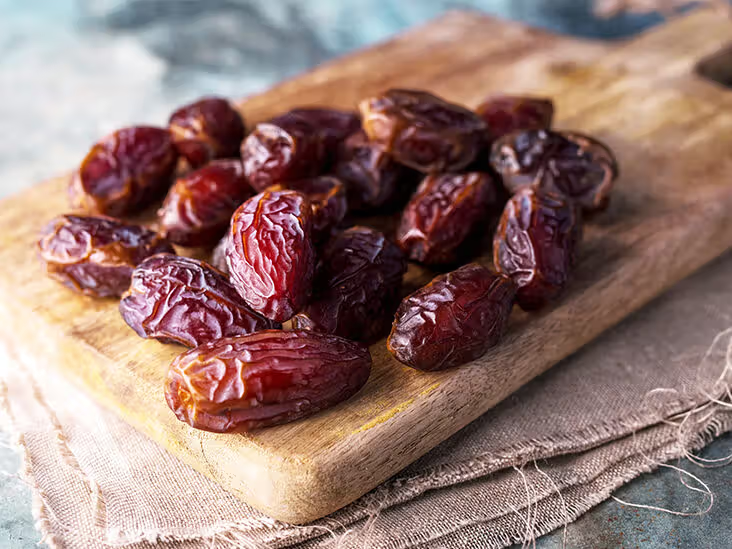
Algeria, located in North Africa’s Sahara region, produces close to 1 million metric tons of dates annually. The famous Deglet Noor variety, often referred to as the “queen of dates,” originates from Algeria and is a major export item.
Key Characteristics:
- Deglet Noor is highly valued in Europe and North America.
- Traditional and organic farming practices remain dominant.
- Ongoing investments in packaging and cold storage.
Algeria’s date exports are rising rapidly due to high quality and improved marketing. The government has focused on increasing palm groves and post-harvest infrastructure.
5. Iraq – Ancient Land of Date Palms
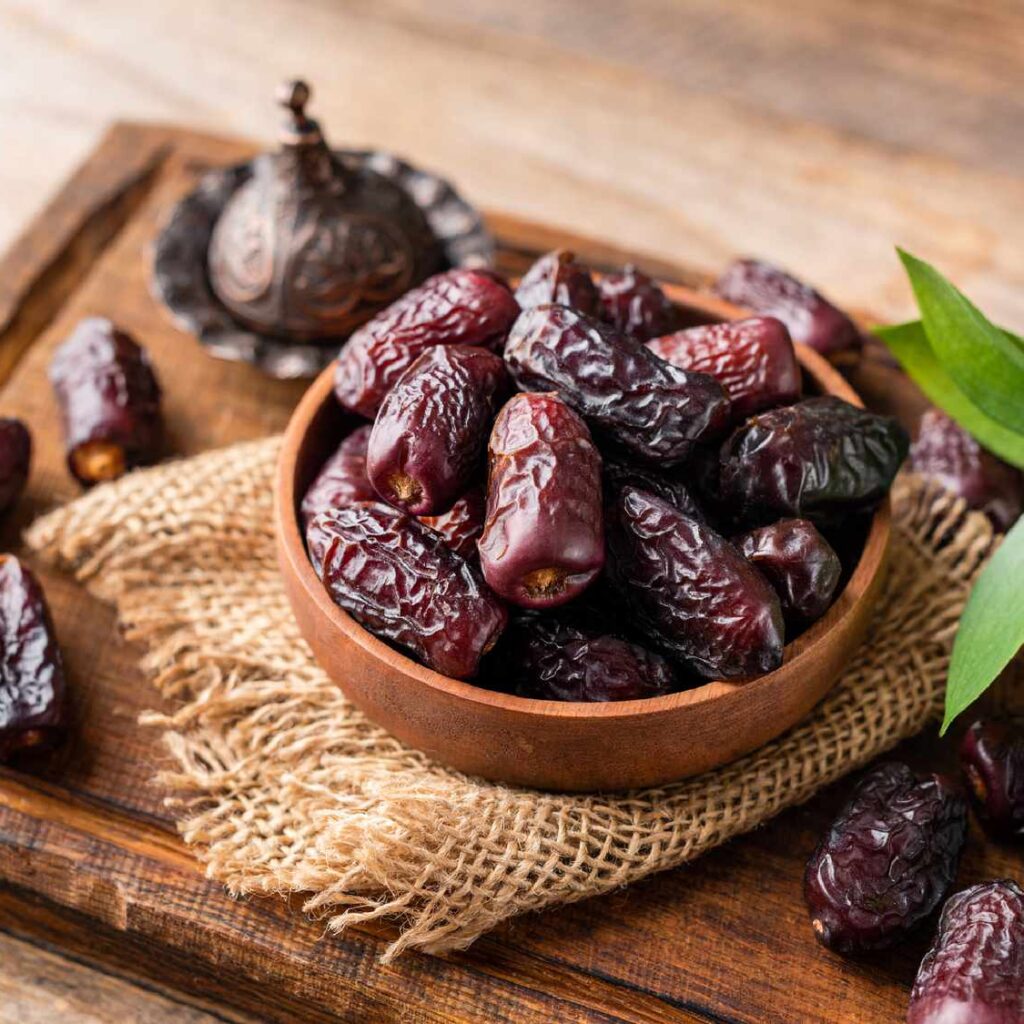
Iraq once led the world in date production before its sector was hit by conflict and environmental degradation. Today, it still produces over 600,000 metric tons annually and is known for unique varieties like Zahidi and Khastawi.
Key Characteristics:
- Cultivation along the Euphrates and Tigris rivers.
- Long-standing tradition of date farming.
- Recent revival initiatives through international support.
Despite setbacks, Iraq’s date sector is gradually recovering with efforts to restore plantations, implement modern practices, and reconnect with global markets.
6. United Arab Emirates – Tech-Driven Palm Farming
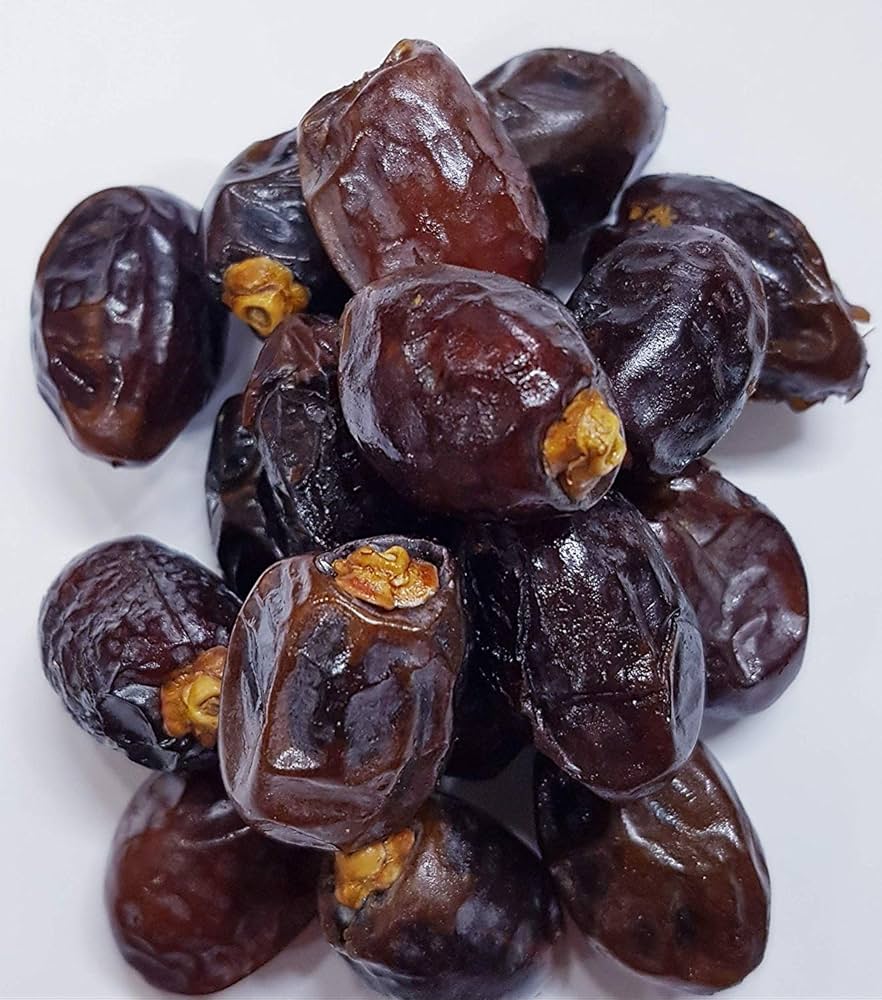
The UAE may not lead in sheer volume, producing around 500,000 metric tons annually, but it is a pioneer in high-tech date farming. The country has invested in research and development, and its Al Ain Date Palm Research Center is a global hub for palm innovation.
Key Characteristics:
- Strong government support for agricultural sustainability.
- Focus on water-efficient technologies like drip irrigation.
- Hosts the annual “Liwa Date Festival,” promoting global awareness.
The UAE exports both whole dates and processed date products, including syrups, pastes, and energy bars.
7. Pakistan – High Yields and Rising Exports
Pakistan ranks among the top 10 date-producing countries, with an output of over 400,000 metric tons annually. Sindh and Balochistan provinces are the major production areas.
Key Characteristics:
- Popular varieties include Aseel, Begum Jangi, and Dhakki.
- Growing exports to Middle East and Central Asia.
- Investments in solar drying and value addition.
Pakistan’s potential in the global date market is growing, particularly through processing advancements and the organic farming trend.
8. Tunisia – Premium Organic Dates for Europe
Tunisia is widely known for exporting high-quality organic Deglet Noor dates to European markets. Its annual production is about 350,000 metric tons, most of which is exported.
Key Characteristics:
- Organic-certified farms dominate the sector.
- Focus on premium packaging and branding.
- Strong ties with France, Germany, and Italy.
Tunisia’s niche market approach has earned it a reputation for quality over quantity, making it one of the most profitable exporters per ton.
9. Morocco, Sudan, and Oman – Emerging Hotspots
These countries are rapidly gaining recognition as significant date producers.
Morocco:
- Southern oases like Tafilalet support over 6 million palms.
- Government revitalization efforts for desert agriculture.
Sudan:
- Produces over 400,000 metric tons annually.
- Strong domestic consumption and potential for export growth.
Oman:
- Known for Halawi and Fard varieties.
- Significant cultural and religious value placed on date palms.
These nations are tapping into international demand, particularly from Asia and the Middle East.
10. India – A Growing Importer and Aspiring Producer
Although India is one of the largest consumers of dates globally, much of its supply is imported. However, the western state of Gujarat is pioneering efforts in commercial date palm cultivation.
Key Characteristics:
- Heavy reliance on imports from UAE, Saudi Arabia, and Iran.
- Emerging farms in Kutch and Rajasthan.
- Government support for expanding local production.
India’s date farming is still in its early stages but holds promise due to a large domestic market and growing demand for organic produce.
Conclusion: The Future of Date Farming Hotspots
Date farming is a critical agricultural activity in many arid and semi-arid regions of the world. Countries like Egypt, Iran, Saudi Arabia, and Algeria dominate due to a mix of traditional expertise and modern interventions. Meanwhile, countries like Tunisia, UAE, and Pakistan are using niche markets and technology to scale up production and exports.
The future of date farming will be shaped by several factors:
- Climate resilience and water management
- Organic and sustainable farming practices
- Investment in processing and packaging
- Expanding markets in Asia and Europe
As demand for nutritious, natural sweeteners grows, date farming hotspots around the world are likely to become even more important players in global agriculture.


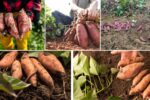


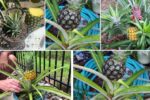
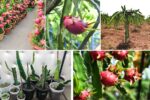
Leave A Comment